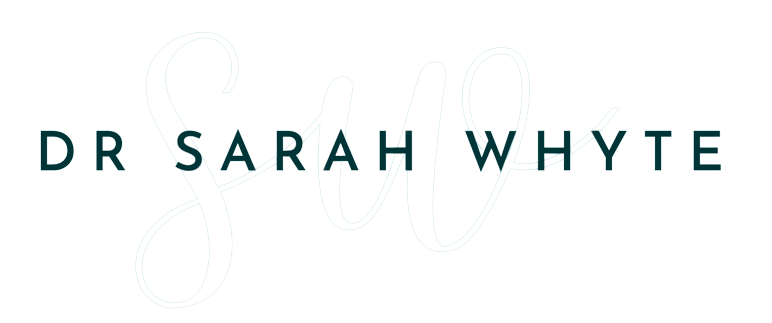Comfort with discomfort: a competitive advantage for conscious leaders
Welcome to this week’s edition of the Conscious Leadership Advantage, inspired by Delicia Loh’s thought-provoking post on the risks of getting too comfortable. I highly recommend checking out her post and following her insightful updates here.
One particular section from Delicia’s post caught my attention:
“Discomfort isn’t the enemy. It’s the catalyst.
💪🏼 It’s the tension before growth.
💪🏼 The stretch before progress.
💪🏼 The sign that we’re learning, evolving, stepping into something bigger.”
These words resonated deeply with me. Conscious leaders recognise that discomfort plays an essential role in our lives. They understand that discomfort is not something to be avoided but instead something that helps guide our growth and development.
Conscious leaders understand the purpose of discomfort
One main function of our brain is to manage our body budget for energy (see Lisa Feldman-Barrett’s excellent writing for more detail). With this focus in mind, it makes sense that the brain prefers familiar paths because familiarity requires less energy. Trying new things takes more energy and can create discomfort.
This is a biological mechanism designed to keep us safe, but the irony is that what keeps us safe keeps us stuck. In terms of conscious leadership, reframing the concept of ‘safe’ as ‘Small And Firmly Entrenched’ helps us understand the shadow side of safety for our growth, innovation, creativity and development.
Discomfort plays an important role
Discomfort is often a sign that we are moving out of our comfort zone and into new terrain. Discomfort is an integral aspect of learning, evolution and growth. Without discomfort, we maintain the status quo and opt out of opportunities for growth and development.
What sets conscious leaders apart is understanding and dealing with discomfort constructively so they can continue to move forward.
How conscious leaders tolerate discomfort
1. Self-awareness: conscious leaders have a high level of self-awareness and understand how discomfort feels. Often this awareness encompasses physical cues within the body, as well as the typical emotions and thoughts that predict or accompany discomfort. Conscious leaders know how to tune into this self-awareness and use it as a data source to understand what’s causing their discomfort.
2. They practise self-compassion: conscious leaders consistently treat themselves kindly. They truly believe that it’s okay to feel uncomfortable when doing something new or challenging. As a result, they give themselves grace to feel these emotions without judgment or trying to change those emotions. Another element of self-compassion is understanding that other people struggle too. Conscious leaders understand that, given similar circumstances, most people would also feel uncomfortable.
3. Reflect on past successes: conscious leaders understand the value of reminding themselves about their previous experience of working through discomfort with a positive result. Reflecting on past successes can provide the motivation to push through current challenges.
4. Weigh up pros and cons: conscious leaders can take a step back to be a little more objective about the situation. By weighing up the pros and cons, they evaluate the extent to which the discomfort is necessary and worthwhile. Conscious leaders consider what might happen if they stay in their current situation. They ask themselves questions like ‘Will it lead to the results I want, or do I need to push through the discomfort to achieve my goals?’ to help in their evaluation.
5. Regulate their nervous system: conscious leaders frequently practice techniques to downregulate their nervous system, such as deep breathing or adjusting their posture. This can help calm your mind and body, so your thoughts and decisions are not being fuelled by the sense of discomfort and preferring to stay safe. Instead, by regulating their nervous system, conscious leaders’ decisions and thoughts are driven by their values. As a result, they are more calm, responsive and intentional, which makes it much easier to choose the best path forward, even in the face of discomfort.
6. Value progress over perfection: conscious leaders prioritise growth and improvement over perfection. They focus on taking small, safe steps rather than substantial, scary strides, as it feels safer for our brain to take incremental steps. This is a huge development point for many perfectionists out there, who may realise that perfection is not quite the flex they originally thought it to be (totally include myself in this point!).
Get comfortable with being uncomfortable
Discomfort is a natural part of growth, learning, development, creativity and innovation. This week, I invite you to think about how you can get more comfortable with being uncomfortable. Doing so makes it easier for us to consider and take on new opportunities and challenges on their merits. By understanding the importance of discomfort and learning how to cope with it, conscious leaders continue to grow and develop.
